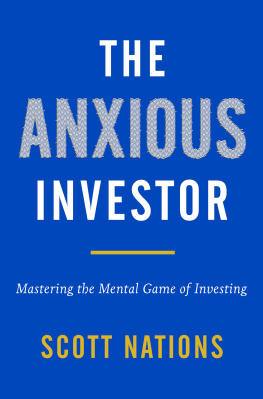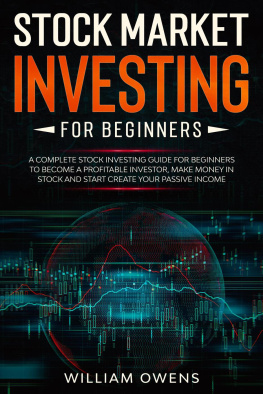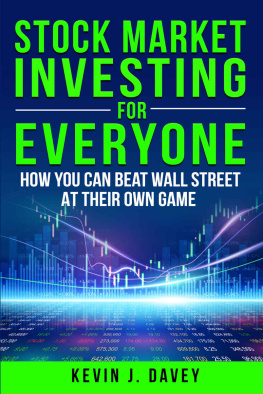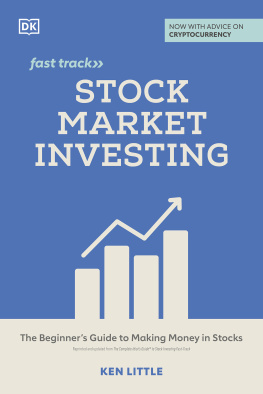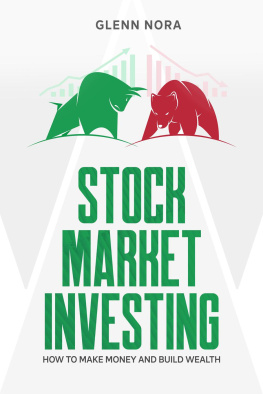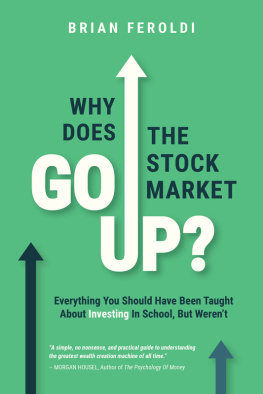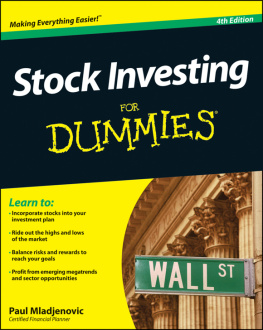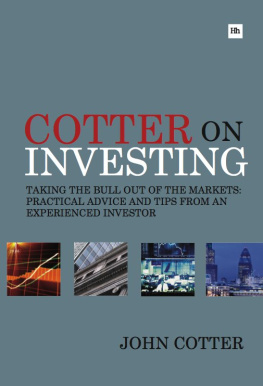Contents
Guide
FOR WENDI
Contents
Satan was rising from the earth. With pitchfork in hand, he was coming to claim more souls and one soul in particular was almost in his grasp. Above him an empty coffin dangled from the ceiling by a rope and the deadweight pulled the rope taut. On the side of the coffin was stenciled the name of its soon-to-be and intended occupant, Satans quarry, Adolf Hitler. This hokey battle for Hitlers immortal soul wasnt being waged in Berlin or Bavaria but on the first floor of a department store in Iowa.
The Younkers Brothers department store was several times bigger than the next largest in the state. It occupied an entire block in downtown Des Moines where it sold mens, womens, and childrens clothing, as well as furniture, furnishings, and personal items. It was suitably progressive for the capitals flagship department store; Younkers had installed air conditioning in 1934 and the states first escalatorwhat locals called the electric stairsin 1939, the same year Hitler started the war in Europe.
Everything changed at Younkers when the United States entered that war two years later. Rationing and shortages meant fewer items on its shelves. Nonetheless, the store urged Iowans to do their wartime duty and reminded them that they could fulfill that duty every time they visited. They were invited to the stores Liberty Hall to see a map, billed as the largest in Iowa, which charted the course of the war on all its fronts. They could listen to educational speeches and buy something for servicemen stationed abroad; Younkers helpfully offered a list of Suggested Gifts for Soldiers which included wristwatches, fountain pens, stationery, and smoking accessories. And shoppers could buy war bonds there too.
World War II cost the United States $296 billionabout $4 trillion in todays dollarsand more than half of that total came from investments that ordinary Americans made during seven war bond drives staged between 1941 and 1945. Younkers, as one of the central businesses in Iowas largest city, became a hub for war bond sales. Employees sold bonds alongside those wristwatches and fountain pens, and 97 percent of all Younkers employees invested in bonds themselves through payroll deduction plans. Younkers sold at least $500,000 worth during each of the drives when the sales to customers and employees were combined. One of the stores cobblers, a Greek immigrant with a brother in the US Navy, sold $209,675 worth single-handedly.
Every American business selling war bonds got marketing help from the US government. Walnut Street outside the Younkers front door was filled with a display of captured German weapons during one drive. Shoppers who bought bonds could take a ride on one of two US Army tanks parked outside the store during the next. Signs nearby urged buyers to label a bomb to your favorite enemyGermany or Japan, your choiceand a bond-buying mother could send the bomb her money helped build to Yamamoto, with delivery to be made by air. And during the third war bond drive, which urged Americans to Back the Attack, as each sale got Younkers closer to its goal, window dressing riggers lowered Hitlers coffin a bit closer to that grasping papier-mch Satan who stood next to a sign imploring shoppers to Help Us Bury Hitler. Only in a global war, with passions and emotions unleashed, could Satan be made an ally by those working to sell an investment product.
The Younkers department store, and the US Treasury, had stumbled upon a fundamental truth of investing. They sold war bonds by appealing to investors emotions rather than pitching them as worthwhile financial investments. Why? Because despite all of our modernity, learning, and market-focused technology, passions and emotions remain the most important aspect of investing. Learning about, understanding, and accounting for your own behavioral quirks can do more to improve your long-term investing results than even a roaring bull market can. Investors can also do more to sabotage their own results than all the bear markets and crashes in history.
Many economists have spent the last several decades telling us that humans are completely rational about their money 100 percent the time. That is crazy. For more than three hundred years, investors have had identifiable spells during which they were not fullyand sometimes not even remotelyrational. Investment bubbles and crashes are the most obvious examples, but everyone can think of a time when he or she wasnt rational about moneyjust like some of those Iowans at the Younkers department store.
Its when our emotions are raw and close to the surface, even if were not engaged in a world war, that behavioral quirks and idiosyncrasies are most likely to disrupt our allegedly rational financial plans. In The Anxious Investor, well discuss the dumb things investors do because of the behavioral biases were all subject to. Youll learn why were most likely to give in to these biases when feeling the stress of a bear market (a broad-based decline in stock prices of at least 20 percent). This means our biases do the most damage when things are already bad and we can least afford it. Ill examine these biases, putting them in the context of three stock market bubbles and crashes, so that you can understand how they might seem reasonable at the time. Then together, well study each bias without the context of history to fully understand them and learn how to avoid past investors mistakes, because, unfortunately, none of the behavioral biases that humans display when investingnot a single onegenerates better returns or minimizes risk.
This book is organized around those mistakes: fifteen of them, which the summary-oriented reader will also find in checklist form in the books final section. But first, were going to examine them by looking at the heat-of-the-moment experiences of investors during three especially destructiveand especially illuminatingepisodes from financial history.
, dissects the first financial bubble and resulting crash, and two of the most insidious behavioral biases. The first is the disposition effect which is the tendency investors display when they sell their profitable investments and keep their unprofitable ones. Investors try to wrap this disposition effect in the flag of disciplined patience and lack of greed. All it does is hurt your investment returns. Youll also learn about loss aversion. Though it is logical to want to avoid losses, some investors take it too far and refuse to make advantageous speculations that have the odds on their side because the pain of losing is so much greater than the pleasure of profit. Youll also discover how gender impacts investing decisions and how the social aspect of investing, certainly today but also three hundred years ago, hinders success.
In the second chapter, , youll learn by looking through the lens of the greatest stock price bubble of the last hundred years: the one in internet stocks that peaked in March 2000. It seemed the internet was going to change our lives, and it did. But some thought it would change theirs in a special way as whatever it was that made these companies and their fascinating founders so special rubbed off on them. It didnt work and well learn how fascination eventually gave way to disgust as prices collapsed. Ill show you how completely irrelevant numbers become mental anchors when were trying to arrive at a reasonable estimation of a stocks value. Well learn how the technology that was introduced during this decade made investing harder rather than easier, and how the flood of information brought some stocks to our attention just because theyd had an unusual move or traded an unusually high number of shares. Both might be newsworthy, but when investors consider only those investment ideas that are easy to recall, that are available to memory, then the resulting portfolio has the most newsworthy stocks rather than the best stocks.

